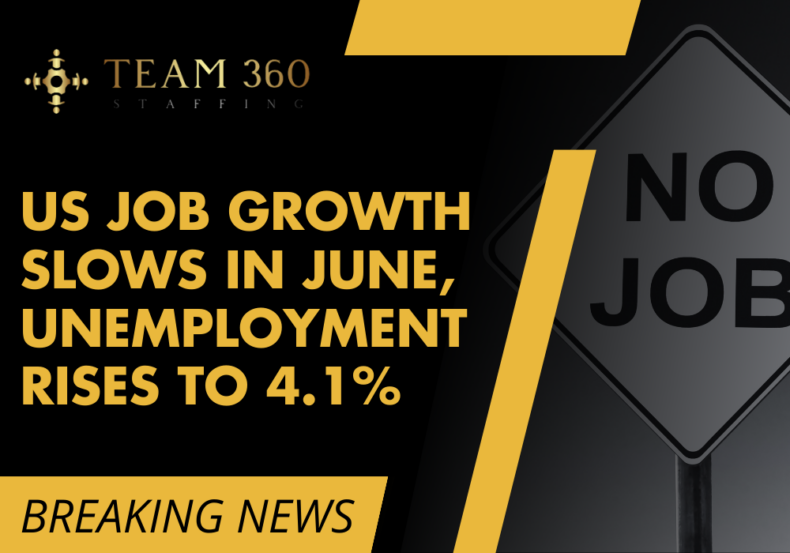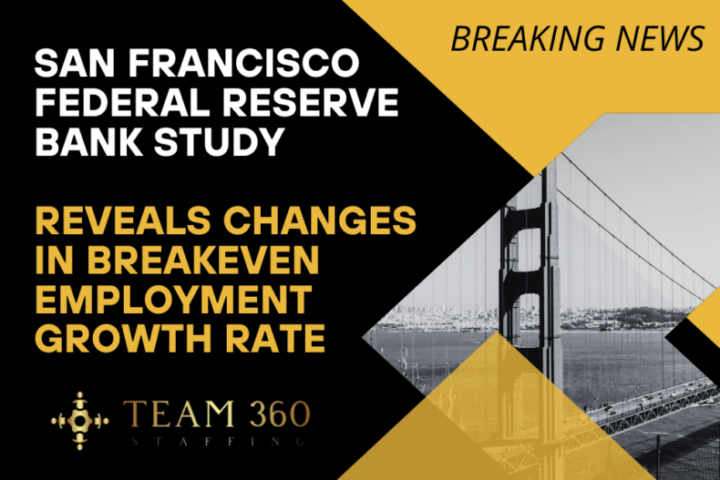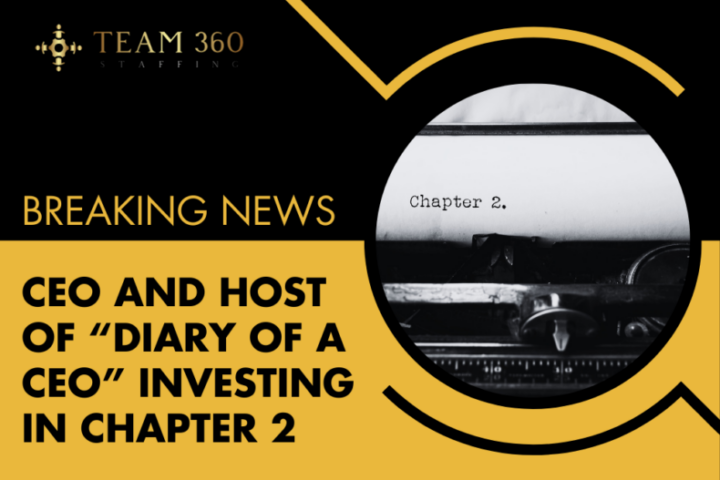In June, US jobs progressed slower than before. The recent job numbers show a slight increase in job growth. The Bureau of Labor Statistics revealed a rise in nonfarm payrolls by 206,000 jobs while the unemployment rate climbed to .1%. This increased rate and slowing job growth might give the federal government more options for managing inflation without causing a recession.
Main Points:
- In June, nonfarm payrolls went up by 206,000 jobs.
- Unemployment rose to 4.1%.
- May's revised data showed an increment of 218,000 jobs instead of 272,000.
- Wage growth decreased below 4%, matching Fed goals.
The Market's Response and Expert Views
The optimistic job figures received mixed reactions from industry professionals. Trading of S&P 500 Eminis remained mostly unchanged, as did a three-basis-point drop in the yield on standard US 10-year notes to 4.317%. There was also a minor dip in the dollar index.
Scott Wren, a senior at Wells Fargo Investment Institute, noted favorable numbers showing an economic slowdown, decreasing wage growth, and rising unemployment.
Co-Chief at Truist Advisory Services, Keith Lerner, pointed out that although cooling is going on, it doesn't imply weakness and highlighted that the Federal Reserve would most likely begin reducing interest rates due to the surpassed 4% unemployment rate.
While Chief Market Economist, Peter Cardillo, explained that despite mixed signs, the labor market still provides jobs despite some negative impacts due to private sector weakness.
Unclear Trends in Jobs
Job growth in June was consistent but revealed a slowdown. ADP reported a drop from 157,000 in May to 150,000 jobs added by private companies this past month. This lines up with economists' predictions regarding a gradual job market slowdown.
Average earnings per hour for employees climbed by 0.3% in June, down from a 0.4% rise in May. Annually, wage growth slowed to 3.9% from 4.1%. Federal Reserve members keeping close tabs on inflation indicators see this slowing down as a favorable trend.
Involuntary part-time workforce and Unemployment Claims
- Last week, the first unemployment benefit claims increased to 238,000.
- Continuing claims hit their peak in November of the previous year.
- Involuntary part-time employment has risen by 18% within one year.
Luke Tilley, Chief Economist at Wilmington Trust, pointed out an issue: "an increase of about 200,000 people over last year on a three-month average basis.” He voiced concern that "that type of permanent job loss indicator generally isn't positive during any period of expansion."
Labor Market at Turning Point
The job market is reaching an exciting point, according to Nick Bunker, Head of Economic Research at Indeed Hiring Lab, who said many key tracking indicators showed little movement up or down, as repeated multiple times in the most recent JOLTS report archived for May.
This short-term stability is considered good, but there are worries about its longevity. Federal Reserve officials believe that, provided the job market stays strong, they can maintain high interest rates as they search for more signs of managed inflation.
Industry Expert inputs
- Senior Portfolio Manager at Dakota Wealth Robert Pavlik called the report mixed, "The numbers are varied, some coming out better than expected while the previous month was significantly reduced."
- The CEO of Bowersock Capital Partners, Emily Bowersock Hill, saw the numbers as unexciting: "People generally expected job gains to be slightly lower, but this number is lower than May's figure, which had some people concerned."
- Kim Forrest, the Chief Investment Officer at Bokeh Capital Partners, noticed data revisions, "Despite the fact that data came in warmer than projected, last month’s data has been heavily cut back."
A Look Ahead
Signs of cooling in the labor market might influence The Federal Reserve to cut interest rates as early as September, says Thomas Hayes, Chairman of Great Hill Capital LLC. He added that with the unemployment rate touching up and payroll numbers broadly aligning with projections, there's enough cover for the Fed to introduce rate cuts if required.
In conclusion, despite showing strength, few diverse signs and slowing growth indicate that careful planning is essential. As they work towards controlling inflation and maintaining economic equilibrium, they would closely monitor these developments in the job market.



